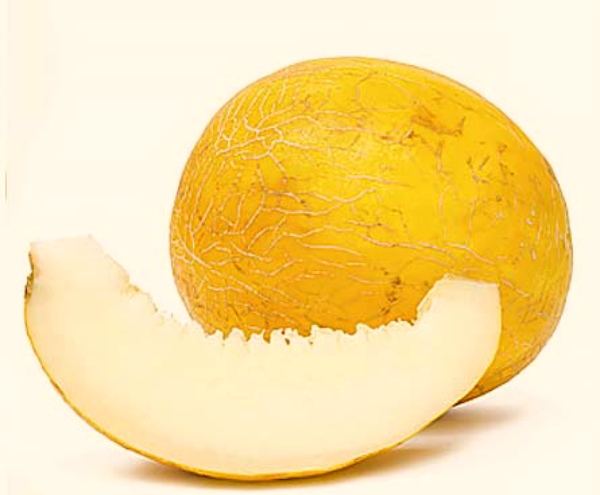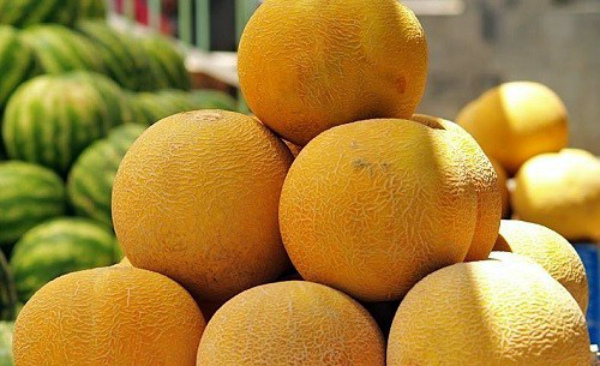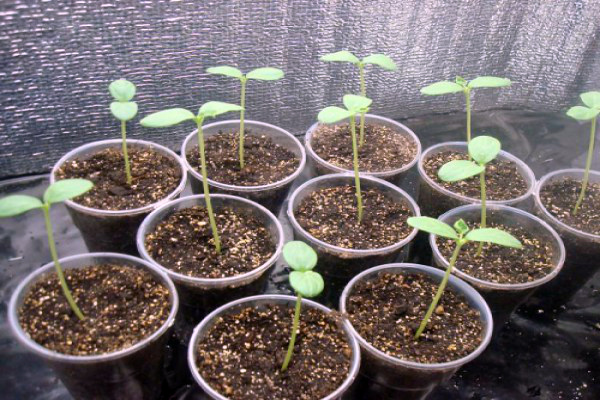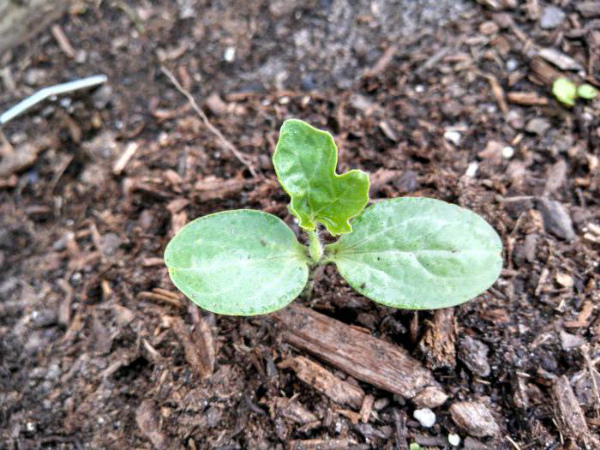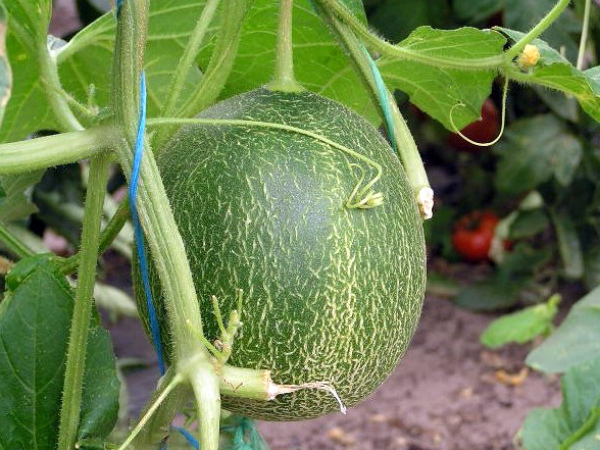How to grow a melon in a greenhouse in the suburbs
Content
Variety selection
The key mistake many gardeners make is trying to grow southern varieties in the middle lane. Unfortunately, even in a greenhouse it is difficult to achieve a sustainable harvest, since it is physically difficult to achieve the necessary conditions for a healthy growing season of these varieties. That is why they choose zoned hybrids and varieties that are resistant to low temperatures, which are well suited to weather vagaries. Mostly these are early ripening varieties of melons, which have time to take the best from a short summer.
The following varieties are grown in the Moscow region:
- Don's novelty is one of the early ripening, but at the same time high-yielding varieties. Pumpkins are medium in size, round with a yellowish green skin and a coarse fibrous net. The pulp is sweet, juicy, light green in color.
- Early 133 is another early ripening variety that takes up to 65 days to grow. Pumpkins are oval, yellow, weighing up to 2 kg. The pulp is white, firm, very sweet.
- Bykovskaya 735 is an early ripening variety with oval pumpkins covered with a coarse fibrous net. The weight of one fruit often reaches 2.5 kg. The pulp is soft, juicy, very sweet.
- Scythian gold is another early maturing variety. Oval pumpkins, weighing up to 1.5 kg, deep yellow. The pulp is white, aromatic, very juicy and sweet. The fruits of this variety take root well in the Moscow region.
- Assol F1 belongs to the mid-season. This variety has round fruits weighing up to 1 kg. The pulp is soft, with a strong sweet aroma, juicy.
- A collective farmer is probably the best type of melon for growing in the Moscow region. This is a mid-season variety with bright yellow spherical pumpkins, weighing up to 1 kg. The pulp is white, juicy, it becomes sweeter over time.
Features of growing melons in the Moscow region
To grow a melon away from the hot summers of the southern regions, you need to be well prepared. The first step is to take care of the soil - the acidity should be neutral or low, organic and mineral fertilizers are needed. In the greenhouse (and in the conditions of the Moscow region, melons are grown in greenhouses), ventilation and heating should be established. And of course, you need to grow seedlings, since the melon will germinate from the seeds later and will give a meager harvest.
Seeds are best planted in peat tablets or paper cups. This is a fairly easy option and is suitable if you are not growing very many seedlings. This will prevent root damage from transplanting, which will provide a stronger plant.
Fill each cup with a potting mix of humus, turf, and peat. Moisten the soil, and then plant 2-3 seeds in each glass to a depth of 3-4 centimeters and mulch with dry earth.
When growing seedlings, it is important to adhere to a certain temperature regime: at night the temperature should not drop below + 15-16 degrees, and during the day - below +20 degrees.
In a week, the first shoots will appear, which must be thinned out, leaving only the strongest shoot in each cup. The seedlings need to be fed twice:
- after the formation of the first leaf, potassium, saltpeter and superphosphate are introduced;
- after 2 weeks potassium, phosphorus and superphosphate.
Make sure that the soil in the cups does not dry out.
In the open field
If you decide to take the risk of growing a melon in the open field, then first wait for a steady heat. The air temperature at night should not be lower than +15 degrees so that the sprouts do not freeze. Most varieties are planted in mid-May.
First you need to grow seedlings, for this use paper cups or peat pots. Seedlings suitable for transplantation are obtained in 25-30 days, so preparation should be done in mid-April. There is no better variety for such experiments than Kolkhoznitsa, since it is extremely resistant to low temperatures and can survive unexpected frosts in the open field. After planting, the beds must be covered with foil until the air temperature rises to + 26-28 degrees.
In the greenhouse
It is much safer and more enjoyable to grow melon in a greenhouse or greenhouse. If you grew cucumbers in it, then for melons it is perfect in height. The main thing is that ventilation is established, since the culture does not tolerate stagnant air and high humidity.
Most often, the so-called "steam" beds are arranged. For this, a thick layer of sheep or horse manure is laid out, at least 30 cm, and the soil is laid on top, in which the seedlings will be planted. By overheating, the manure provides enough heat to speed up and improve the vegetation of the plant.
If this method does not suit you, then plant the seedlings in fertile or well-fertilized soil, after digging it up at least 15-20 cm.
It is recommended to grow seedlings before planting in a greenhouse at a temperature of at least +16, so it is easier to adapt after transplanting. It is important that the seedlings develop an extensive root system as this affects the growth rate and fruit quality.
The seedlings are placed in the holes at a distance of 45 cm from each other, when the placement is completed, the holes are watered and mulched with dry soil.
Melon formation
When growing a melon in a greenhouse, it is important to form its stem on time and correctly. When the seedlings, planted in greenhouse soil, get 4-5 real leaves, you need to pinch off the apical bud. This stimulates the development of the main and lateral shoots. As soon as the main shoot has grown, it should be tied to a trellis to avoid rotting in the soil and to facilitate watering. Lateral shoots are pinched as they grow, if ovaries appear on them, or completely removed if ovaries have not appeared. This helps the plant concentrate nutrients in the main shoot. At the end of the pinching, treat the cuts with crushed charcoal and lime.
Top dressing
It does not matter whether you grow juicy melons in the open field or in a greenhouse, in the suburbs or harsh Siberia - every plant needs feeding. During the growing season, fertilizer should be applied to the soil no more than 3 times.
The first feeding takes place a few days after planting the seedlings in the greenhouse, when they have slightly adapted to the new conditions. Use organic fertilizers such as mullein solution or bird droppings mixed with superphosphate.
The second feeding falls on the period of lash formation, when the plant needs nutritional support to gain green mass - an ash solution is used. And finally, the third feeding should help in the formation of ovaries.
For any variety that grows in a greenhouse, the preparation "Kemira-universal" is suitable.
Video "How to grow a melon or watermelon in a greenhouse"
In this video, the guest of the TV show "With a new home" shares how she grows melons and watermelons in central Russia.

